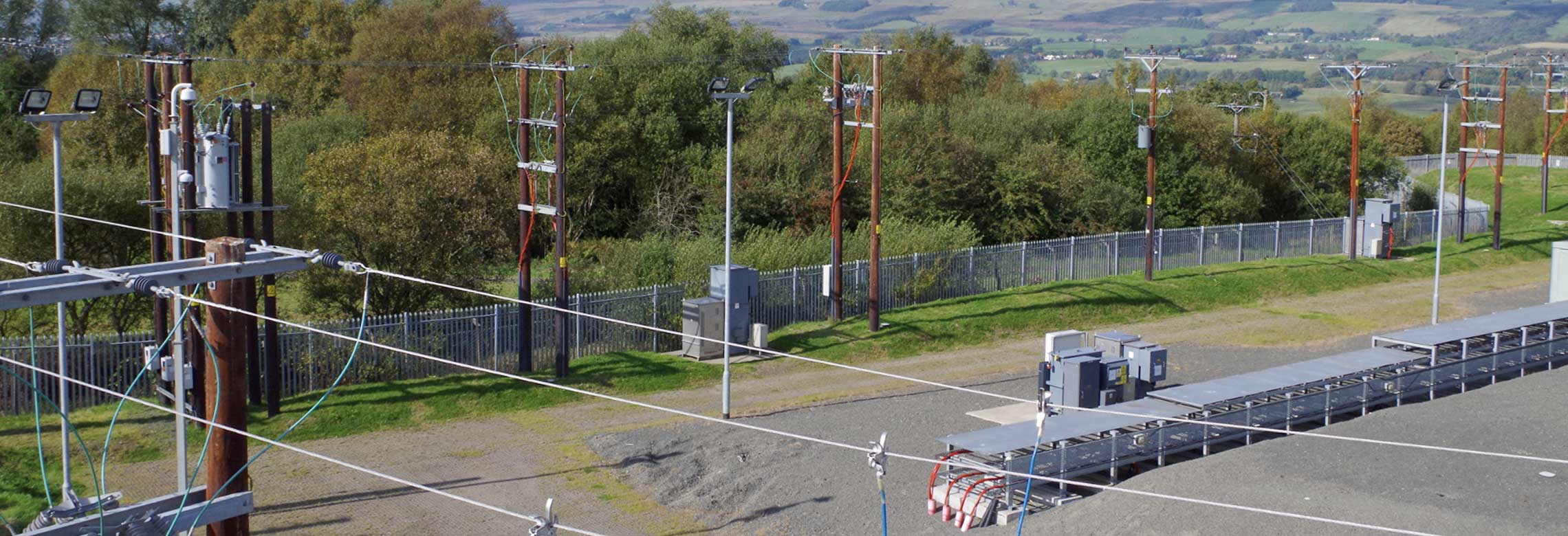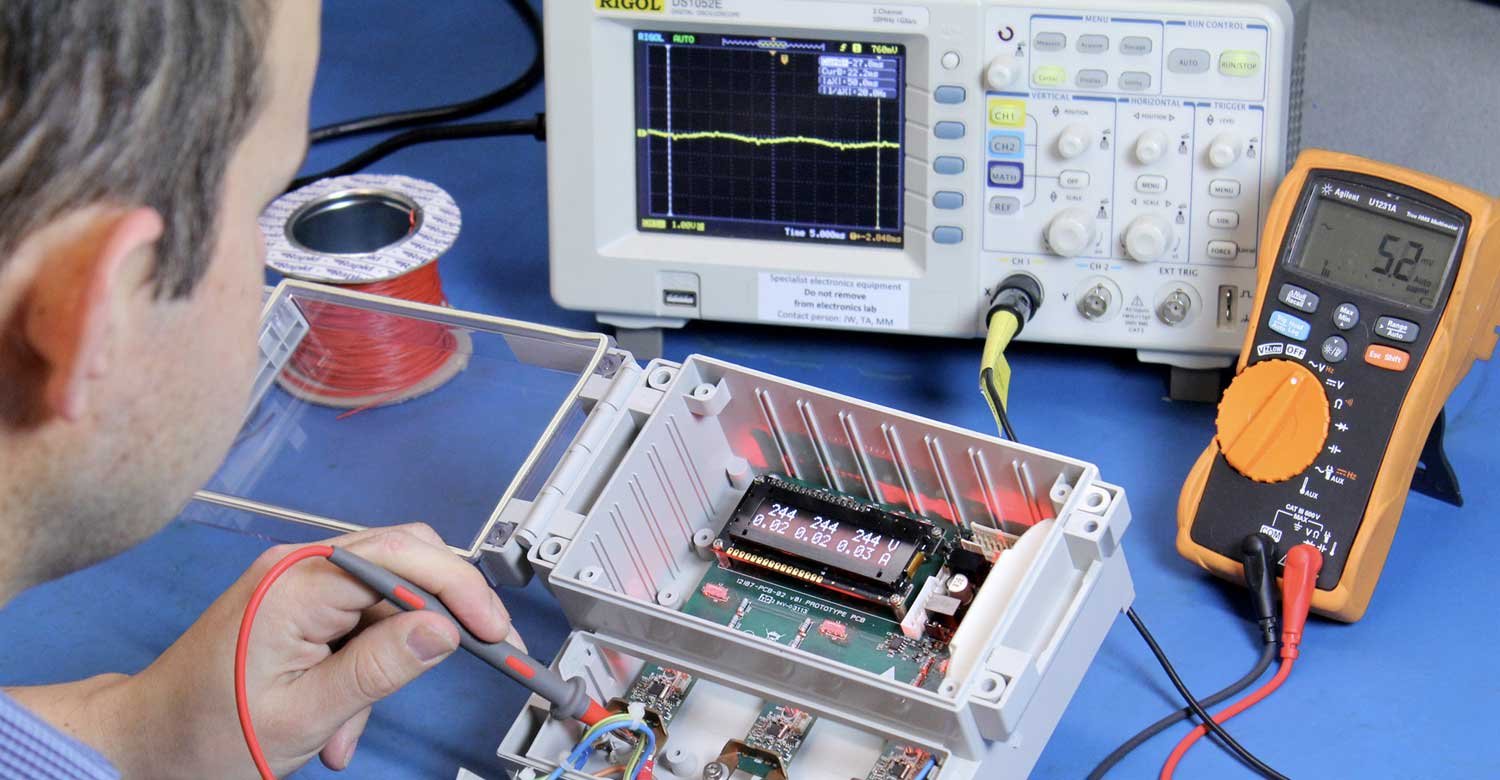
42 Technology secures Innovate UK grant for electricity substation monitoring system
November 2016
42 Technology has been awarded an Innovate UK grant to help accelerate the commercial development of a novel low cost system for use in remote monitoring of the UK’s network of over 400,000 electricity distribution substations.
The new system will potentially allow distribution network operating companies — known as DNOs — to start accurately monitoring the performance of every substation within their part of the network so they can make more informed infrastructure investments and minimise the risk of costly asset failures.

The phase one grant will see 42 Technology working with the UK’s Power Networks Demonstration Centre (PNDC) in Glasgow to develop the business case for the new system.
42 Technology’s innovative condition monitoring system offers a real breakthrough in terms of cost, performance and ease of deployment. The system is being specifically designed with a target price of around £100 per installation whereas today’s alternative solutions are more than 10 times as expensive, making them too costly for widespread use.
The new system is based on the consultancy’s innovative Triple Ohm technology, a low cost approach for three phase metering applications that has already been developed, patented and prototyped. Triple Ohm offers very high isolation voltages, high data sampling frequencies and can easily be linked to wired or wireless communication networks making it ideal for remote monitoring applications such as this.

The work will include development of a recommended system design and an understanding of the key technical and commercial aspects required to help drive a future development programme in partnership with one or more UK-based DNOs. The system can also be adapted for use in international markets, such as US or Europe, where operating companies are similarly looking to improved monitoring as a way of optimising their distribution networks for performance and cost.
The UK’s existing network of low voltage secondary substations needs to be carefully managed to match energy supply and demand, and to ensure the existing infrastructure can accommodate emerging social trends such as increasing use of small scale solar installations or charging of electric vehicles. Improved monitoring would allow DNOs to run more of their assets close to capacity, in other words more cost-effectively, while helping them to determine the ideal time to upgrade equipment, replace or add in new capacity.
Share this article:
Related Articles

News, Company Announcements
42T organises awareness activities during Neurodiversity Celebration Week

News
42T named by Business Weekly in Killer50 'hottest disruptive tech company' list

News, Connectedness
Early prototypes help companies to succeed - by 42T's David Griffin in Eureka! magazine

What will you ask us today?
We believe in asking the right questions to drive innovation; when we know the right questions, we generate the ideas to answer them.

